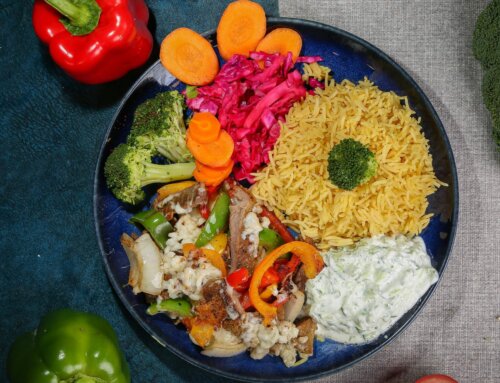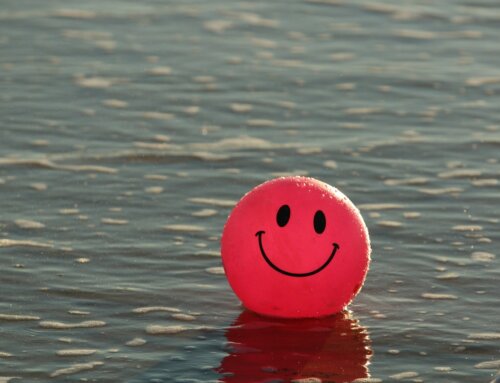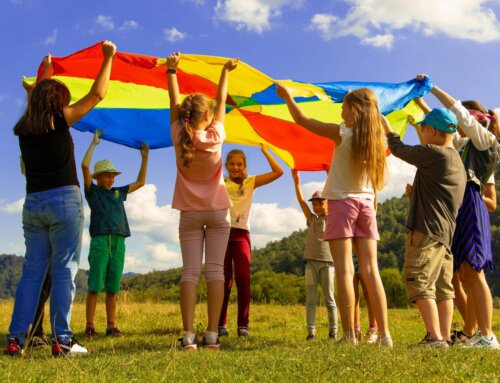 Shavuot, the holiday which celebrates Matan Torah, is a time to rekindle one’s relationship with the Torah and with Torah study. The Jewish people have a long, enduring and loving relationship with the Torah. The metaphors associated with Torah in midrashic and Talmudic sources are reflections of real life interpersonal relationships, between a loving couple in particular. What insights do these sources have for enhancing relationships and for the highs and lows which are a natural part of life?
Shavuot, the holiday which celebrates Matan Torah, is a time to rekindle one’s relationship with the Torah and with Torah study. The Jewish people have a long, enduring and loving relationship with the Torah. The metaphors associated with Torah in midrashic and Talmudic sources are reflections of real life interpersonal relationships, between a loving couple in particular. What insights do these sources have for enhancing relationships and for the highs and lows which are a natural part of life?
One example of this expression is found in Jewish sources on kriyat haTorah (Torah reading) which Rabbi Soloveitchik likened to a re-enactment of Matan Torah. Torah reading is a central part of tefilla at least three times per week. The practice of reading from Torah on Monday, Thursday and Shabbat is derived from the experience of bnei Yisrael in the wilderness. The image of the nation receiving the Torah in the middle of a vast desert has been interpreted by commentaries as highly symbolic. The Talmud (BT Bava Kama 82a) teaches that Ezra the scribe fixed reading from the Torah as we know it today on these three days. Yet, it adds that there is an even earlier source: After am Yisrael crossed Yam Suf, they travelled three days and immediately cried out in thirst for water. From this the Talmud learns that thirst for water here was actually thirst for Torah, meaning that the people were weary and hearing the Torah rejuvenated them just as water physically rejuvenates the body. This interpretation is likely based on the fact that after the cry for water the people received sweetened water and were taught some of Jewish law.
Water imagery is used elsewhere in the Torah and midrash and is often symbolic of life, birth and rebirth. After the flood, the world was reborn. By crossing Yam Suf, the Jewish nation was delivered. Mikveh waters are also a source of renewal and potential for new life and new beginnings. If a woman’s cycle is in sync with the time she is due to go to the mikveh, a couple has the potential to be blessed with fertility. Even when a couple is not planning to conceive, or if they have experienced an unfortunate miscarriage or loss, the mikvah can represent potential for renewal, healing and positive change. If a husband and wife have had a hard month, or have fallen out of rhythm, immersion in the mikveh waters is an opportunity to press restart and refocus on their love and hope.
Commitment to going to the mikveh was, and remains, a source of stress and concern for some women during the coronavirus crisis. Couples, at times, needed to find ways to express their fears and search for ways to strengthen their devotion to going to the mikveh. The cyclical nature of Torah reading and taharat hamishpacha are a reminder of the hope and faith that the situation will get better, and we hope we are now at the tail end..
The connections between Matan Torah, restorative waters, intimacy and hope is also expressed by the midrash which characterizes Matan Torah as a marriage between Hashem and the Jewish people. Just as each year Shavuot is an opportunity to reconnect with the Torah and God, couples are encouraged to consider how to create their own feelings of renewal in their relationship. How can they establish times to spend quality time together, like “every three days” of Torah reading? How can the mikveh be a source of positive potential in a relationship, whatever stage a couple is in? How can couples use what they learned during the corona crisis to continue to find ways to cope with the challenges of mikveh? May the imagery of love and sustenance associated with the giving of the Torah be a source of inspiration for our personal relationships.
Karen Miller Jackson is a Jewish educator living in Ra’anana, Israel. She studies in The Morot Halakha program, teaches at Matan HaSharon, and is a board member of Kolech – Religious Women’s Forum. Karen runs Kivun L’sherut, a guidance program for girls before sherut leumi/army service.








Leave A Comment